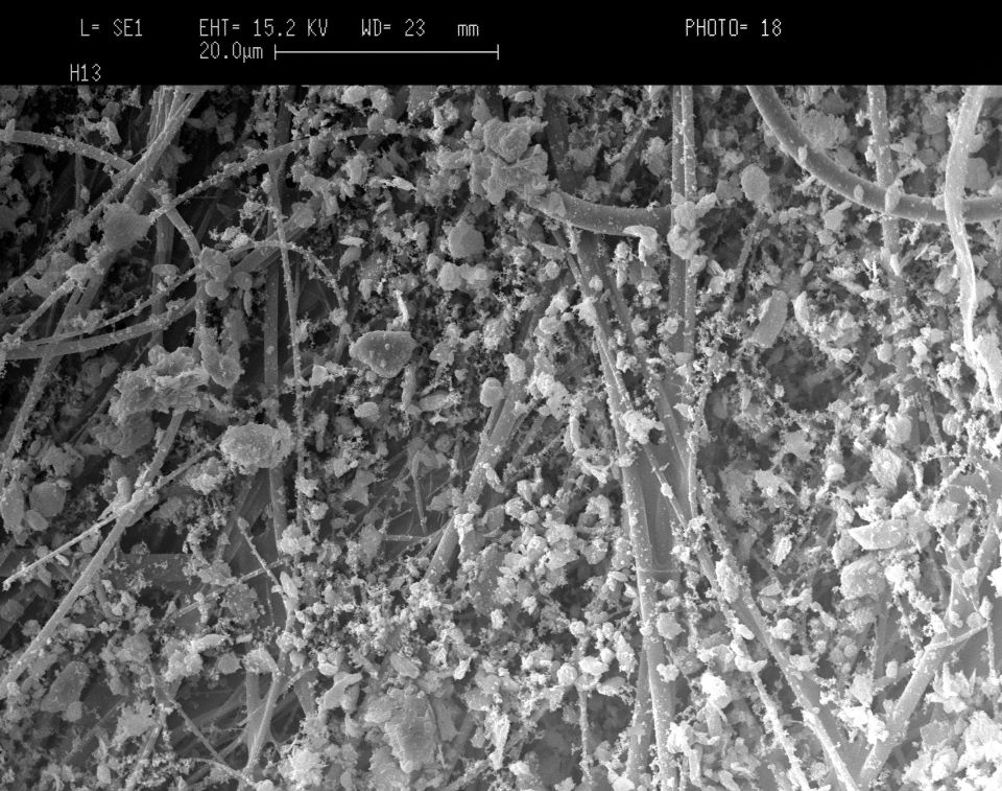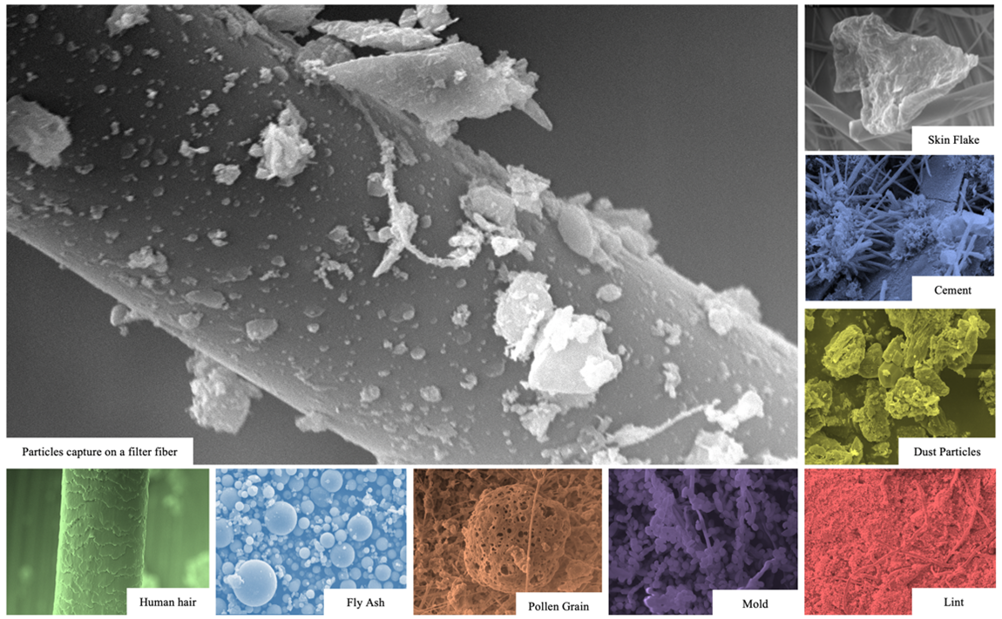Climate change is an existential threat and will hurt millions if not billions of people, if we cannot cope with it profoundly. How we live and embed zero-carbon principles are the essence of dealing with current environmental challenges, and short plans to remedy the situation are nothing but a painkiller. Going to the root of the problem necessitates reimagining our relationships with nature, resources, the environment, and how we shape our cities. Including sustainability metrics is increasingly vital, whether it addresses air quality or how we live, commute, generate and use power. While we are still treating the wounds of the receding pandemic, it may be time to employ agile strategies through honing control measures to reduce our anthropogenic emissions. Therefore, sustainable urban development is a core undertaking towards combating climate change. Ultimately, that would require establishing new living standards for sustainability inclusion that recognize environmental limits and harness the opportunity for a new zero-carbon economy.

The road to a clean environment and green global economies
Cities and their design are the most potent tool to confront current and future environmental challenges. Recent projections show that 70% of the global population lives in cities where 80% of economic activity occurs and 70% of global power generated is used. An emerging challenge associated with rapid population growth is adding three billion people to the global urban environment. The question remains, how can we preserve outdoor air without embracing sustainable ways of living?
Propelling air quality progress could have been established had the pandemic been capitalized on as a realignment opportunity rather than a business endeavor. While the pressing issues of air quality gained substantial momentum during the pandemic, they were delisted from global priorities as Covid cases waned. The lack of stimulus and yet the constraints of public debates about the correlation between outdoor and indoor air quality and the anaemic growth of filtration and HVAC technologies have hindered the substantive progress of IAQ. Immediate air quality realignments must include providing sufficient spaces for filter installations in air handling units to attain sustainable filtration efficiencies and abandoning the theology of reusable and washable. Furthermore, outdoor air’s physical and chemical characterization should constitute the basis for appropriate filter selection accompanied by ideal human occupancy and ventilation rates.
It is challenging to improve air quality if chronic filter failure is the norm due to high concentrations of pollutants and/or leaky installations. While seeking more stringent filtration standards to tweak measures and approaches to filter testing, installation and performance may appear as the way forward, crafting standards alone without concrete implementation leaves much to be desired. Sound planning, relevant standards, and assiduous guidance to adroit compliance should be the order of the day to deliver clean air to humanity equally, successfully and sustainably.

Although air filtration is the low-hanging fruit, calling on filtration technologies to clean up our environmental acts cannot be a sustainable solution. We must revamp our ways of living and reimagine our perception of air quality to regard it as the foundation of the built environment and global economies. While we ought to refine our processes to lower our environmental footprints, we must ask calibrated questions that would address the "how" and "what" preventative policies and measures can be undertaken towards that target. However, minor achievements can be celebrated if we are only willing to sing the "energy efficiency" song with a mere focus on thermal comfort. Ultimately, inhaling polluted air becomes an allowable sin.
However, it is challenging to orchestrate clean air delivery and thermal comfort to human occupants if all air quality parameters are not quantified. In that case, integrating the performance of all relevant technologies has an insurmountable impact on the health and safety of human occupants. The underlying architecture of a building, its heat loads, ideal human occupancy, and materials used such as carpets, appliances and furniture, can contribute to air quality degradation.
Filtration delirium and air quality hype cannot be the remedies and exit strategies for pandemics and wildfires. Raising the bar of air quality should be evolutionary – not revolutionary. It should be a granted standard of living and not based on demand or simply a luxury reserved for the elite. Contending with the pandemic made us depart from the doctrinaire negligence of the importance of air quality. Opting for more "Fit for purpose" initiatives to render our indoor environment safe to occupy must become our new mantra.
A great deal to tweak
Although we all value things differently, the value of air quality was undebatable during the pandemic and should remain as such. There is a great deal to tweak regarding air quality improvements. However, air quality will never excel if maintenance measures are crafted based on shortcuts and tricks. Therefore, concerned entities, organizations and individuals should debate the roadmap to better air quality. They should also work collectively to reimagine the misconceived maintenance measures and conventional filter designs, and the media should resurrect the initiatives of air quality enhancement. Embracing change at the right pace and in the right direction can help avoid clashes between the endorsers of the conventional and the advocates of future innovators of air quality technologies. Combating the rising discontent of poor air quality and the central theme of a smooth transition can start by holistically managing the thesis, antithesis and synthesis of our built environment. So rather than trapping ourselves with the ruminating thoughts of the next pandemic predicaments, let's embrace sustainable ways of living to simultaneously serve people, purpose and the planet.
About the author
Dr Al-Attar is a mechanical engineer and an independent air filtration consultant. He is a Visiting Academic Fellow in the School of Aerospace, Transport, and Manufacturing at Cranfield University and is also the strategic director, instructor, and advisory board member of the Waterloo Filtration Institute. In 2020, Eurovent Middle East appointed Dr Al-Attar as the first associated consultant for air filtration. Recently, he became the Indoor Air Quality (IAQ) patron for Eurovent, Europe's industry association for indoor climate, process cooling, and food cold chain technologies. Dr Al-Attar received his engineering degrees (BSc, MSc, PhD) from the University of Toronto (Canada), Kuwait University, and Loughborough University (UK), respectively. He is an editorial member/referee for the Filtration Society (UK) and the Journal of Cleaner Production.







